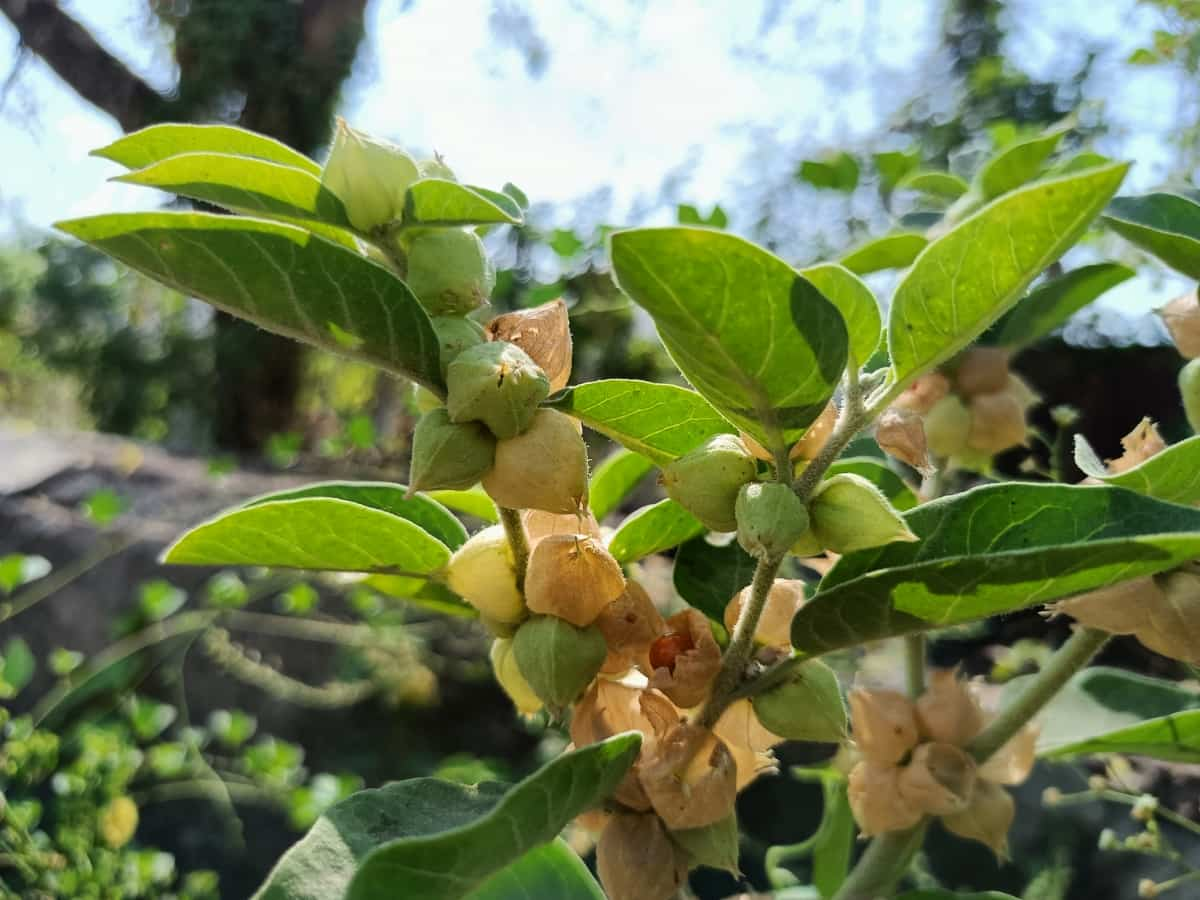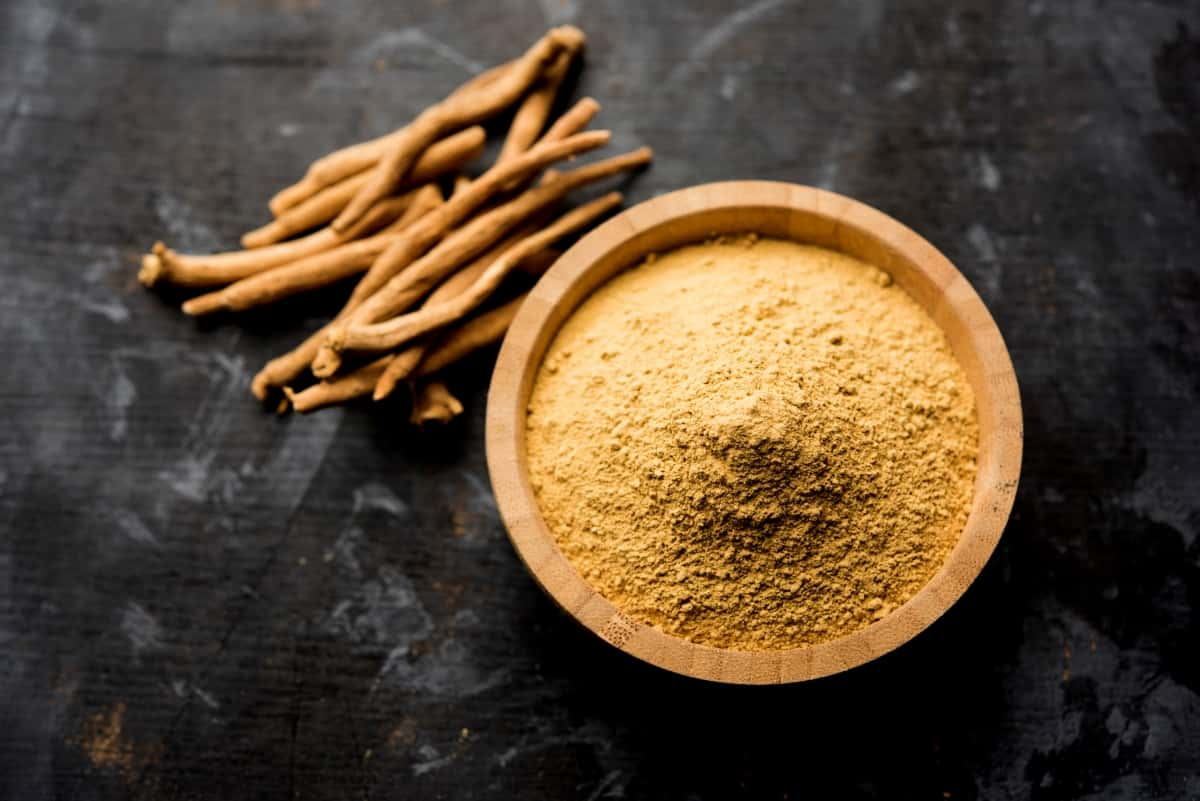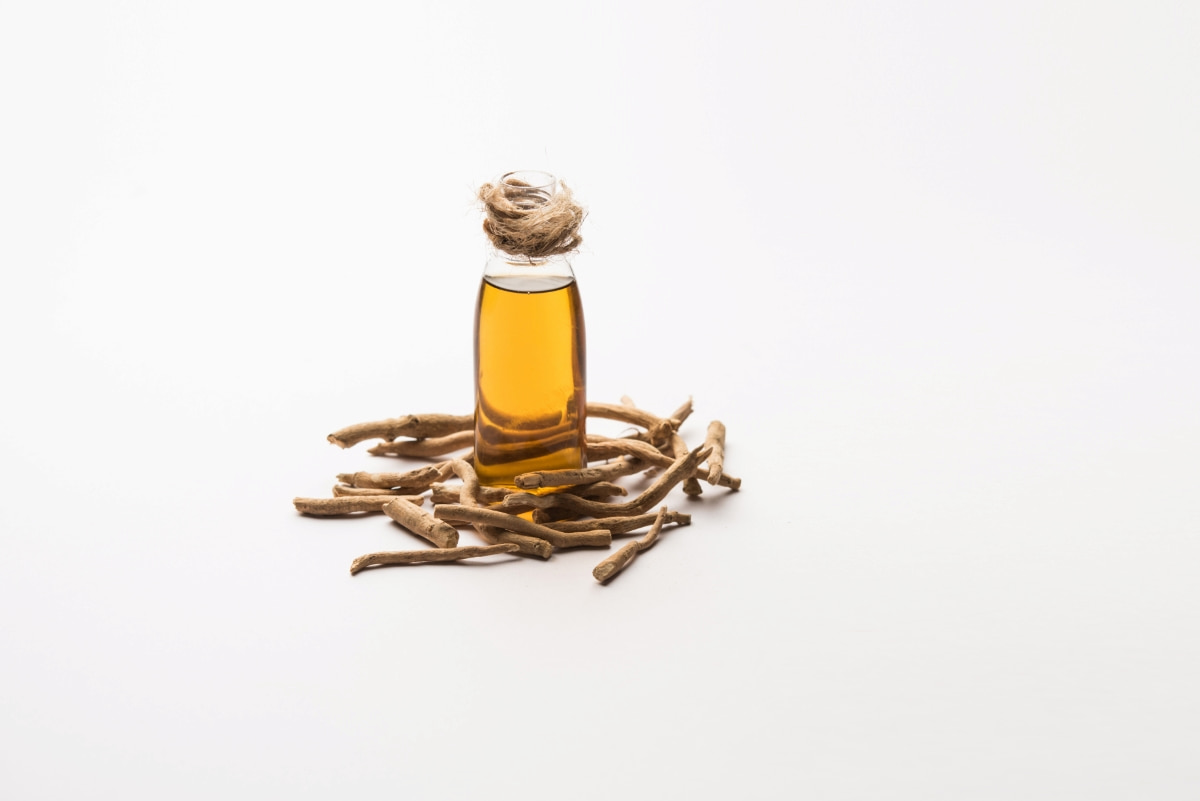The burgeoning demand for natural and herbal medicines around the globe presents an incredible opportunity for entrepreneurs looking to venture into cultivating and processing medicinal plants such as Ashwagandha. Ashwagandha is a potent Ayurvedic herb widely used in traditional Indian medicine and has recently gained popularity in the West for its immense health benefits.

Setting up an Ashwagandha processing unit in India can be lucrative if properly planned and executed. This comprehensive guide will detail the requirements for setting up such a unit, including investment, set-up cost, license requirements, and an outline of a cost and profit analysis with figures.
How to Setup Aswagandha Processing Unit in India
Area Required to Start Ashwagandha Manufacturing Unit
The area requirement for starting a manufacturing unit for Ayurvedic products depends on several factors, such as the scale of operations, the range of products to be manufactured, and the machinery involved. However, per the guidelines laid out by the Ayush department in India, a minimum of 1200 square feet is required for a small-scale Ayurvedic manufacturing unit. This space should be logically segregated into different sections such as raw material storage, processing area, finished goods storage, office, and a quality control lab.
For larger operations, the area requirement can be significantly more. It’s important to note that the space should be designed to facilitate efficient workflow and comply with Good Manufacturing Practices (GMP) guidelines. The actual space requirement might vary; hence, a feasibility study considering the unique needs of your operation is advised before finalizing the location.
Investment and Setup Cost for Ashwagandha Processing Unit
Financial allocation is a crucial aspect of setting up an Ashwagandha processing unit. The overall investment primarily depends on the scale of the operation, the location, and the facilities intended to be provided. A basic small-scale unit may require an initial investment of around 30-40 lakh INR, while a larger-scale operation could require a significantly higher amount.
This investment includes the cost of land, building construction or rent, machinery, raw materials, utilities, and miscellaneous setup costs. Land costs can vary widely depending on the location. For example, rural land will cost less than urban or semi-urban regions. It’s recommended to find a location that is easily accessible for transportation and close to the Ashwagandha farming area to reduce transportation costs.
The cost of machinery is another significant part of the investment. A processing unit would require several types of machinery like dryers, pulverizers, packaging machines, and quality control equipment. The cost of such machinery may amount to around 15-20 lakh INR, though this can change based on the equipment’s quality and scale.
Utilities, including water, electricity, and waste management systems, should also be considered, though their cost will vary based on usage and local rates. The miscellaneous costs involve legal, licensing, and consultation fees ranging from 1-2 lakh INR. Also, keep a provision for operational costs such as salaries, maintenance, and raw materials for at least the first few months of operation.
In case you missed it: How to Setup Turmeric Drying Unit in India: Investment, Setup Cost, License, and Requirements

License Requirements for Ashwagandha Processing Unit
The legal framework in India requires several licenses and permits to establish and operate an Ashwagandha processing unit. The license requirements begin with company registration, which can be done under the Companies Act 2013. This involves choosing a suitable business structure (proprietorship, partnership, LLP, private limited company, etc.) based on your needs and future expansion plans.
Next, the unit should be registered under the Micro, Small, and Medium Enterprises Development (MSMED) Act, 2006, if it qualifies as a small or medium enterprise. This registration can provide various benefits like eligibility for lower interest rates on loans, ease of obtaining licenses and approvals, and access to government schemes and subsidies. Obtaining a Goods and Services Tax (GST) registration is mandatory for any business manufacturing and selling goods or services in India.
An Importer Exporter Code (IEC) is also needed if the unit plans to export processed Ashwagandha products. The processing unit also falls under the purview of the Food Safety and Standards Authority of India (FSSAI); hence, an FSSAI license is mandatory. This license ensures the processing unit complies with the safety and standard guidelines per the Food Safety and Standards Act 2006.
The unit must also comply with local and state-level regulations, including environmental clearances, building safety permissions, and local municipality regulations. It is recommended to hire a legal consultant to ensure all license requirements are met adequately to avoid any future legal issues.
Profit Analysis for Ashwagandha Processing Unit
Profit analysis in business is a critical component in understanding the financial health and viability of an operation. It involves calculating the profit margins by subtracting all costs of doing business from the total revenue. For instance, considering hypothetical figures, let’s conduct a profit analysis for the Ashwagandha processing unit. Suppose the unit is processing 1000 kg of Ashwagandha per day.
Assuming that the cost of Ashwagandha roots is INR 150 per kg, the total raw material cost would be INR 1,50,000 per day. Adding other direct costs, like labor at INR 4,000 and utilities at INR 10,000, the total direct cost comes to INR 1,64,000 daily. If the indirect costs like rent, administration, and transportation come to around INR 30,000 per day, the total operational cost will be INR 1,94,000 per day.
In case you missed it: Companion Planting in Container Gardening: Maximizing Growing Potential

Now, if the processed Ashwagandha is sold at INR 750 per kg, the total daily revenue will be INR 7,50,000. The daily profit, therefore, would be the difference between the total revenue and total operational cost, which is INR 7,50,000 – INR 1,94,000, resulting in a profit of INR 5,56,000 daily. This is a simplistic analysis, but in a real-world scenario, various other factors like market fluctuations, seasonal variations, machinery breakdown, etc., could affect the costs and, thus, the profit margin.
Conclusion
Setting up an Ashwagandha processing unit in India can be rewarding, given the increasing demand for herbal and Ayurvedic products domestically and internationally. However, careful planning is essential for success. A comprehensive business plan should include detailed cost and profit analysis, meticulous consideration of license requirements, and a strategic investment plan.
- Feed Your Flock for Less: Top 10 Tips to Save on Chicken Feed
- Ultimate Guide to Ossabaw Island Hog: Breeding, Raising, Diet, and Care
- Hatching Answers: The Top 10 Reasons Your Chickens Aren’t Laying Eggs
- Eggs and Economics: Breaking Down the Cost of Raising Backyard Chickens
- Defend Your Greens: Proven Methods to Keep Iguanas Out of Your Garden
- Ultimate Guide to Cinnamon Queen Chicken: A Comprehensive Guide for Beginners
- Ultimate Guide to California Tan Chicken: Breeding, Raising, Diet, Egg-Production and Care
- Ultimate Guide to Marsh Daisy Chicken: Breeding, Raising, Diet, and Care
- 10 Types of Chicken Farming Businesses You Can Start for Profits